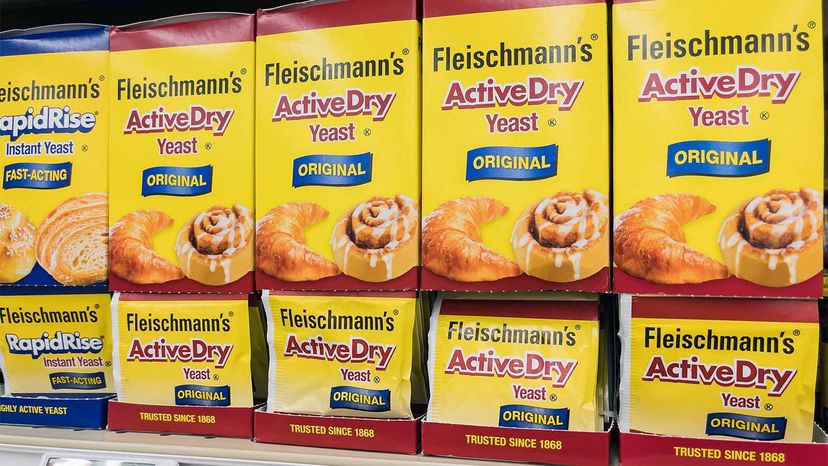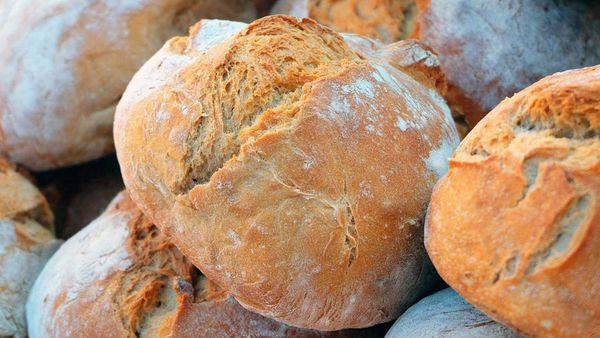
The single-celled microorganism, yeast, is what creates the magic that makes bread rise. It ignites the fermentation process that transforms a dense ball of dough into a soft loaf of bread. It does this by feeding on sugars in flour, and expelling carbon dioxide in the process.
But not all yeast is the same. There are around 1,500 species of yeast, but when it comes to using it to make food, the main star is brewer's yeast (Saccharomyces cerevisiae). And you only have to know the translation of the Latin name to figure out what it does: "sugar-eating fungi."
Advertisement
When it comes to baking, you have even more options. Dry yeast is the most common form of yeast used at home by bakers. It's available in two forms: active and instant. But what's the difference between the two?



